3.1 Stellar ParametersStars occu over a wide range of mass, ftom about ^O.1 Mo to-100 Mo. Lighter sta$ are the more abundafl and here thedistribution is modelledby the Scalo initial mass spectrum [l5]:dN/dM (t Ma (3)whee M is the stellar mass ir solm units and T = 1.94 + 0.94Loc(M.For a star to possess terrestrial planeb it would have to haveformed ftom a nebula contaioing suf6cient heavy olemeDts.The star would have to be Population I and younger theo the ageoffomation ofthe galactic disc (-10 G}{). Overthis period, themetallicity of the inte$tellar medium has risen due to theFoducts of nuclesynthesis ft om successive genemtions of stars.The canonical model 116,17l of galactic chemical evolution isassumed to hold in the solar neighbou*ood which describes aroughly lioear increase in metnllicity, z, with age, T/G),i. Anequation which fits the model isiz = 0.13(10 - T) + 0_3 zo, (4)where zo - 0.02 is the heavy element fraction of the Sun. Tbepropotio! of balo Population II stars in the solar Deighbourhoodis a miniscule - 1/800 and so, assuding a constant starformation mte [17], the ages of the geatFeponderurc€ of starsnear the Sun can be assumed to be distributed evenly between0 - 10 Cyr.A [u0ctioo for calculating 6e sle ll ar zero age main seque0celumhosity wilhiD the mass range 0.1 - 2.0 l"{o was derived fiomthe theoretical models of lben [18]:LzAr{s = 0.71(IVI/MJ' L6, (5)where for {0.7 Mo < M < 2.0 Me): n = 4.75 and for {0. I Mo
At Estbtuk oJthe Ptfuk^ceoJBia@hpottbtE dal HdbitabL PlnetsR_= 5.8(LM/0.71)'" AU. (8)Moreover, the cenfal densit ofnebular alust, A, the parameterfmm which the rnass of the oebula is scale4 might vary indirect propotion to the mass aDd metallicity of the cellfal star.Thus when revised, Dole's releyant equation becomeslA * (a'/ 1.3 x l0)(M/ Ma\@/ Z)WAIJ3, (9)where o = 9R* nB. However, it would seem likely that the massofgas within 6e nebuta would only be proportional to the lnassof the star and not 1o the metallicity. Thus, when calculating thetotal mass of the nebula the gas/dust rado is assumed to vary as(zJa.Running ACRETE with these modiEcations produces plausibleplanetary system$. For instance, systems about old,lowfiurss, stars arc scaled down in both mass and mdial size. Thecoove$e is tme for massive, yomg stzrs (flg. 4).Investigating any tenestrial planets generated by ACRETEfurther, the planetary ladius, r, and, thus, its bulk density, isfouod by solving Dole's empirical equalion Bl:a/ r^ lJFo-m =n(10)where a = 1.08 x lO7 and po=n70kgrtra,The value of planetary axial hclioatio!, i, is deteminedrandonly ftom Dotre's emphical Fobab iry distribution [2]:P=1-(1-V180o)4r, (r 1)where P is the probability that the inclination is less than io.Taking note of a rclation betu/een the rctatiotral energy peruitmass ofplanet with tte planetary mass, Dole [2] derived anempirical equatioo for the iDitial angular velocity of a planeto) = t(2jme) / (tl)l ',, (r2')where k is tle moment of inetia factor, taking a value of - 0.33for a tenestrial planet and j = 1.46 x lo'zo m'?s' kgr.The final mtation rate is calculated a.fter taking into accoutrtdecelemtion due to tidal breaking ftomthe pdmary overthe ageof the systen Tidal forces are propoitional to the mass of thetide rabing obj€ct and inversely proponioml to the cube ofdistanc€. The tidal deceleration torque is proportional to thesquare ofthe tldal force and so:(do/do : (doJdDGJk)(r/ro)(mJm"XM/M6)'z8srR)6,(13)wherc doJdt = -1.3 x 106 rad si / 1f )r.The geochemical carbon cycle modet of Walker €t al [6] isused to define the boundaries ofthe ecospheE and to sdggest arough atnospheric compositlon and sufacetemperature. Thus,any terrestrial plaftt witl ar fumdiance at age T in the fange0.25 So < S < 1.1 So, which is still volcanically and tectonicallyactlve, has the potential ofpossessiDg a biocompatible envircnmenlan Nz/COTAITO atmosphec, a sudace ternpem!]rc alittleabove 273 K and stable sudace water. The pre$ence oflife as anadditional stabilizing influence on climate and a8nosphedcoxygetr is trot taten into account as tie geochemical ca.boncycle can opemte abiotically.An estimate of the duratioD of viable volcanic/tectotrrcrccycling of volatiles oo a giveE plaoet is cdcial as it can alsobe regarded as all estirnate ofthe timescale for biocompatability.However, the deiailed modelling of planetary cooling andoustal oveftirm is complex, plagrcd \r,ith unknowns, a]]dinappropriale in the cootext of lhe simple model described. Asolutioo war found [14] in a function rclatilg tectonic activityto planetary mass derived by fifting to Condie's model ofcomparativeplanetnry histodes [22]. Plate tectonics terminatesat &e tiDe T;rn = 5.1(np /mc) o' Glr (14)Fi& 4 Planeialy sysieEs Foduced by trc @odjnedDole algoriilm about ,rars of varying age andX / 1 a €


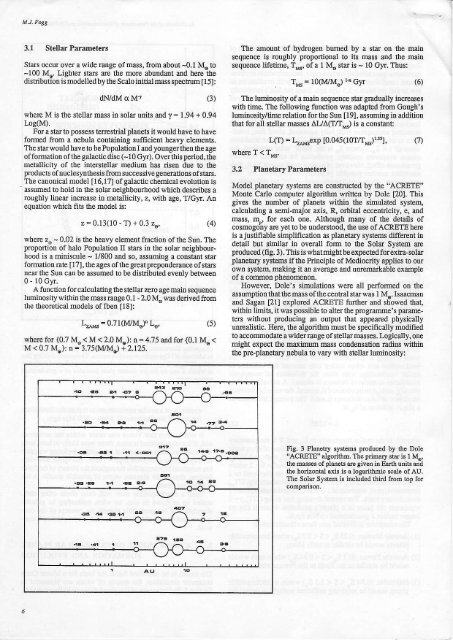
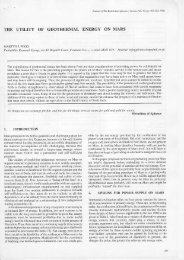
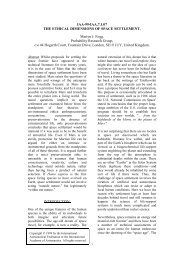
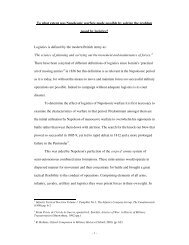

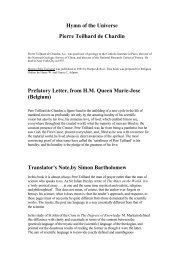
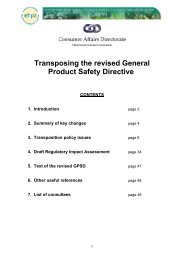
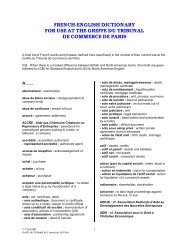
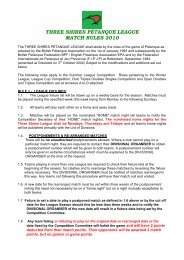
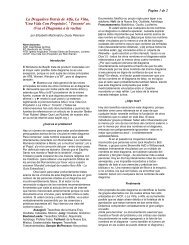

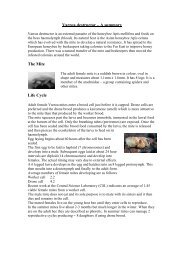

![Tibetan Herbal Medicine Core Curriculum [PDF]](https://img.yumpu.com/32594566/1/184x260/tibetan-herbal-medicine-core-curriculum-pdf.jpg?quality=85)
